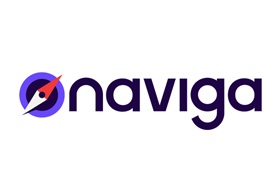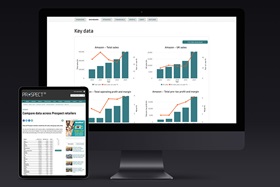
conveyor belt
Inertia sometimes sets in, with Membership Managers aware of the need to engage new demographics but fearful of disrupting the status quo and losing current audiences. Change can seem risky, making it tempting to focus on tried and tested engagement strategies. But waiting for change is riskier still. Meanwhile, even member bodies that are taking steps to appeal to younger audiences (with networking events or social media pages, for example) often find sustained engagement difficult.
Traditional approaches to member engagement and retention may satisfy the needs of Baby Boomers, but by 2029 the majority of this generation will be retired from work. Member bodies know they need to make strategic choices today to embrace and engage the new generation of members tomorrow.
“So what changes should I be making? ” I hear you ask. Below are three tactics we believe are most important, based on our experience of helping some of the UK’s largest membership organisations to better engage their digital audiences:
1. Appeal to the individual, not the demographic
Don’t treat younger audiences as one homogenous group. Every audience is made up of individuals with different interests and needs - and they all want slightly different things from your organisation. Personalisation is an expectation from this demographic.
To understand the needs of younger members, you need to discover as much as possible about their behaviour and how they have engaged with you in the past. This means gathering data across all your audience touch points and storing it in one centralised database – providing a single view of your audience. Following up with qualitative surveys can build an even more granular view of where your audience engagement is succeeding or stumbling.
Once you know what your audience wants, you need the right content to meet their needs and the technology to deliver it effectively. You could consider a CMS that supports content personalisation, and focus on improving relevant applications, like Continuing Professional Development (CPD).
2. Be flexible
Timing, as they say, is everything. Ensuring that your content is accessible may sound simple, but member bodies often lack the flexibility to present their members with the right content at the right time.
You need to offer a range membership packages which have the flexibility and variety to meet the changing needs of dynamic, younger demographics.
Flexibility is also crucial when it comes to your multi-channel strategy. Younger members are used to moving seamlessly from device to device, and they expect consistency in terms of the content they can access and how it is presented. For example, they may start reading an article in your print magazine, continue it on their tablet during rush hour, and then finish it on their laptop at work - and they’ll expect to do all this with ease and continuity. To meet member expectations, your content needs to be available on a range of platforms at all times. If you’re using a CMS with responsive templates, you’ll be able to publish a piece of content once and know that it will be accessible on all channels.
3. Prove your worth
One of the major differences between younger and older audiences is how they perceive the value of their membership. Older generations frequently base their decision to join a member body on its history and its prestige, but younger members tend to see their membership as a simple transaction. In exchange for their fee, younger members will expect tangible benefits. However, meeting these expectations is only half the battle – demonstrating value is just as important as delivering it. To do this, you need to track how younger members engage with your organisation from day one. With this behavioural data at your fingertips, it is easy to engage younger members and remind them of the real value they have seen from their membership on an ongoing basis, and not only just before they reach the point of renewal.
If you’d like to discuss which tools can help you better engage younger members, get in touch.





